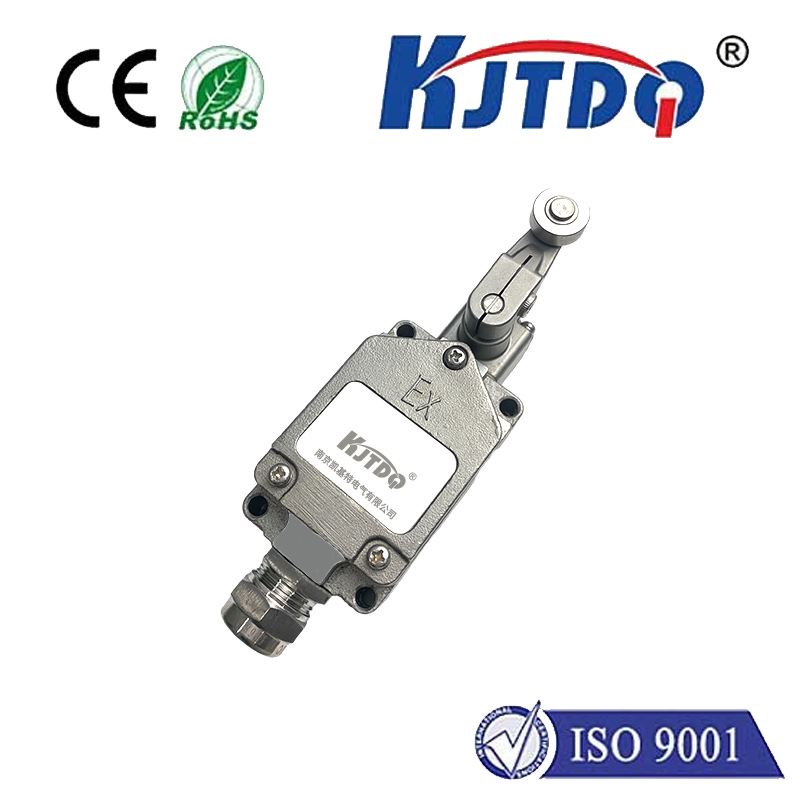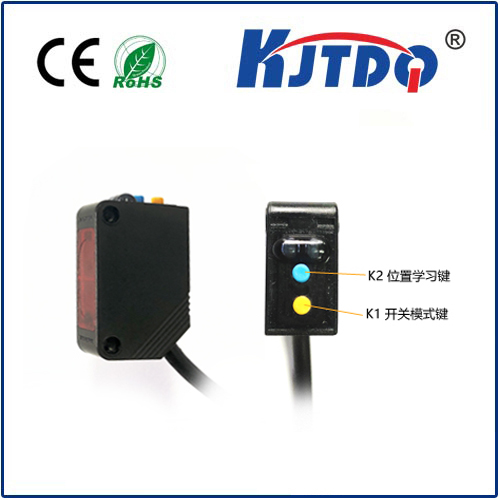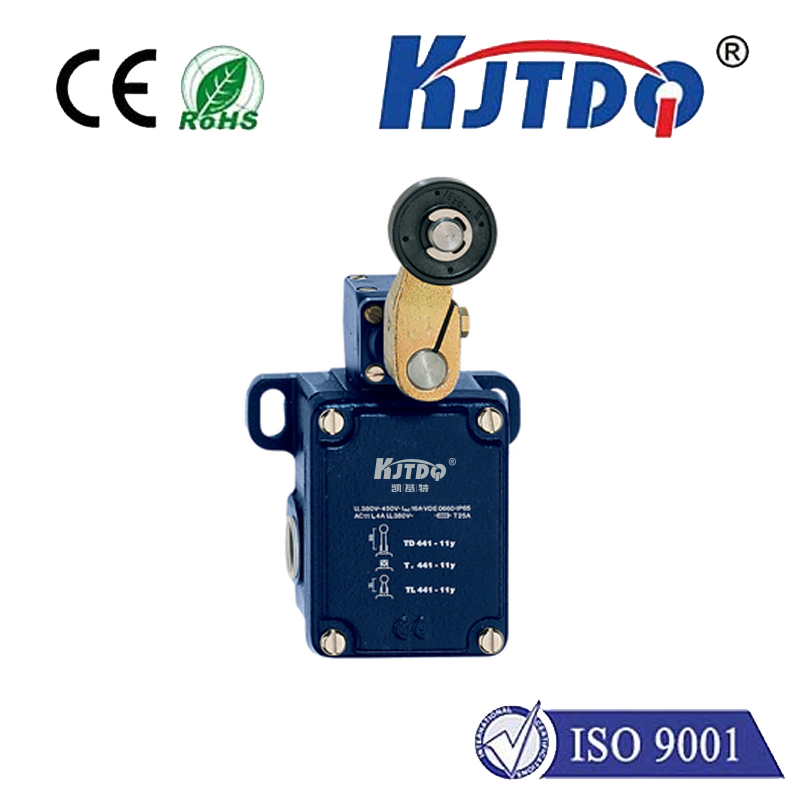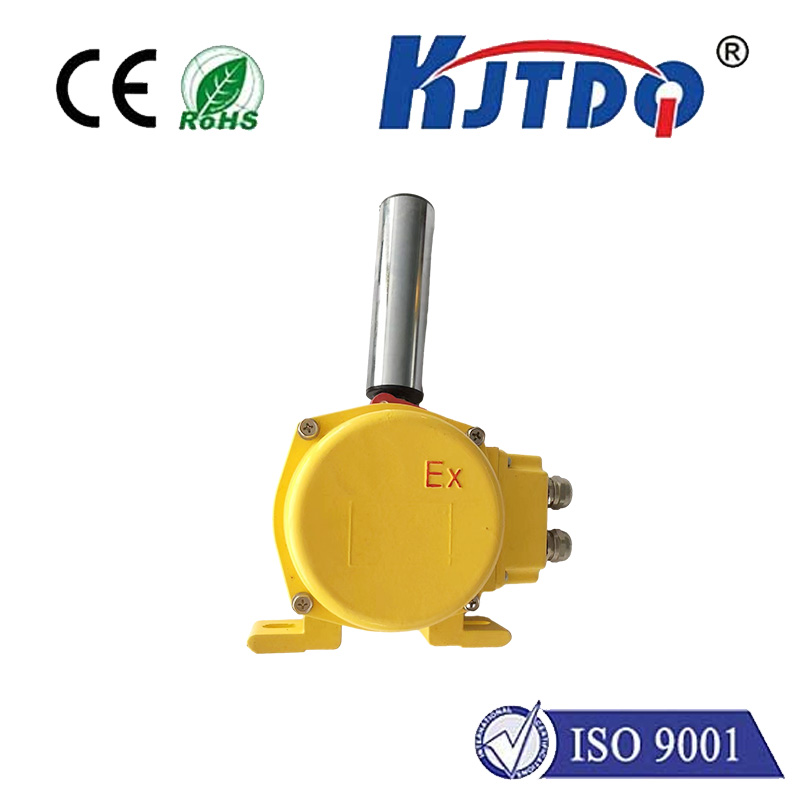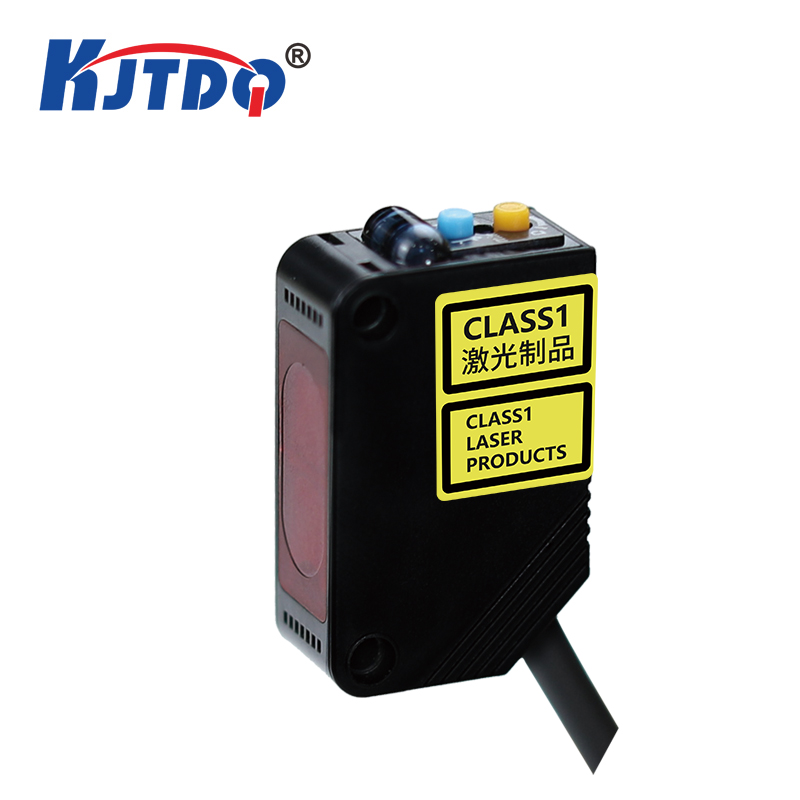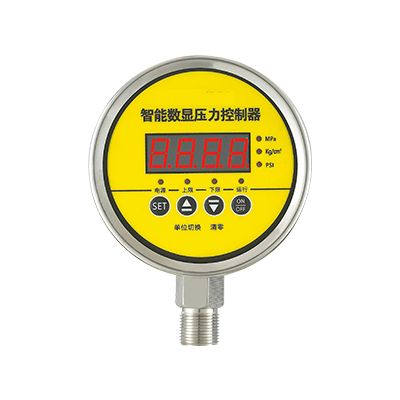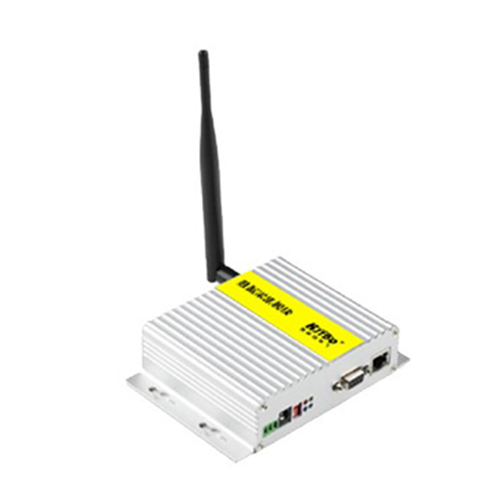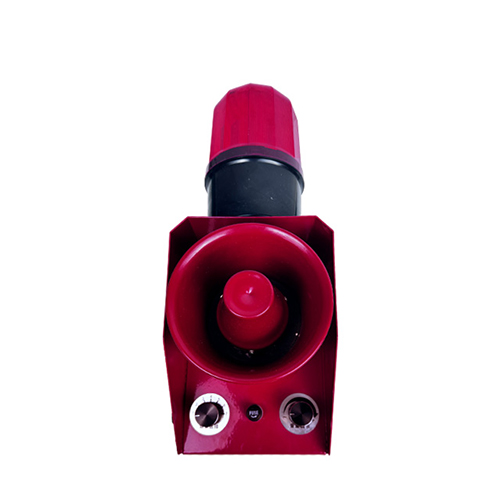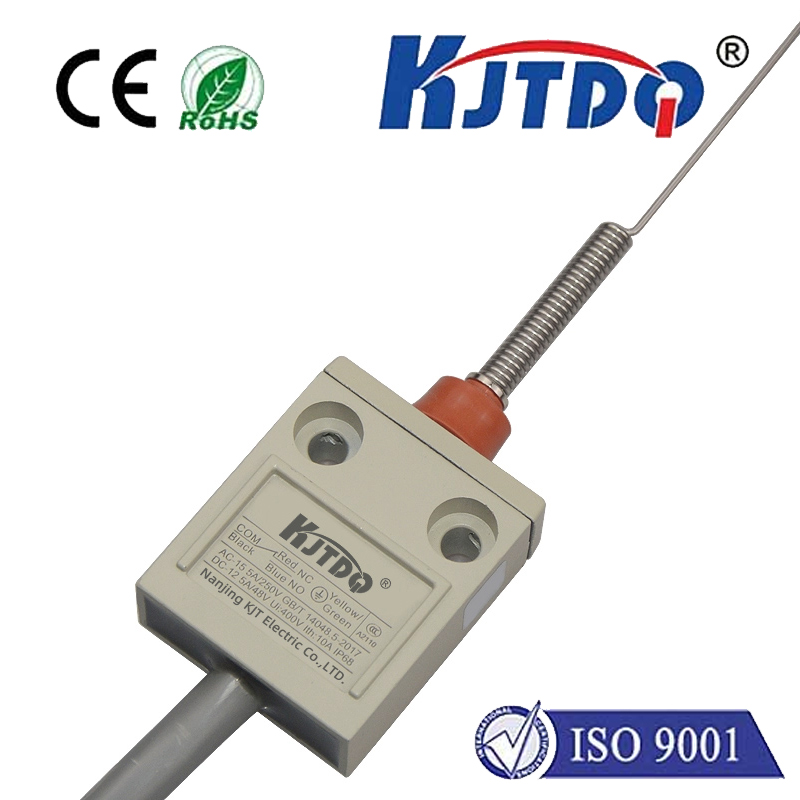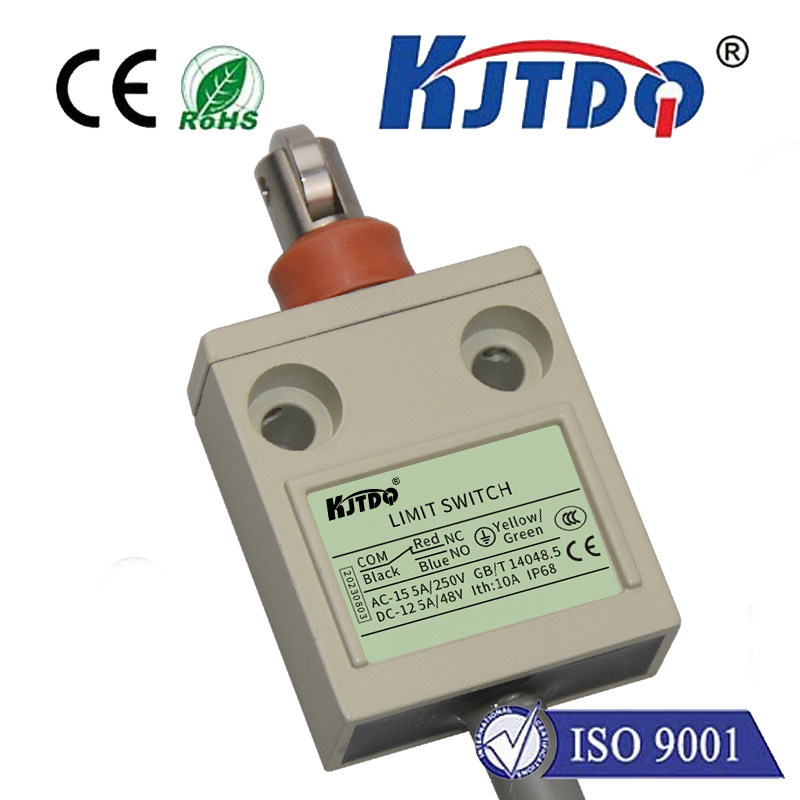outdoor laser sensor
- time:2025-09-08 17:25:09
- Click:0
Outdoor Laser Sensors: Precision Detection Where the Environment Demands Resilience
Forget unreliable motion triggers tripped by leaves or cameras blinded by glare. In the demanding world beyond four walls, reliable detection requires technology engineered for the unpredictable. Outdoor laser sensors represent a leap forward, offering unparalleled accuracy, resilience, and versatility for security, automation, and industrial applications facing the elements head-on. This guide illuminates why these sophisticated devices are becoming the cornerstone of robust outdoor monitoring and control systems.
Beyond Beams: Understanding Outdoor Laser Sensors
At their core, outdoor laser sensors operate by emitting a highly focused beam of invisible laser light, typically in the infrared spectrum. This beam travels across the monitored area until it encounters an object. The sensor then precisely measures either the time-of-flight (ToF) for the light to bounce back or the phase shift of the returned beam. This measurement translates directly into distance or the presence of an object within a specific detection zone.

What sets them apart as outdoor laser sensors is their inherent design philosophy. Unlike their indoor counterparts, they are built from the ground up to withstand the harsh realities of weather, dust, extreme temperatures, vibration, and intense ambient light (including direct sunlight). This ruggedization ensures consistent performance when ordinary sensors would falter.
Crucial Features Defining Outdoor Performance:
- Superior Long-Range Detection: Laser light’s collimation allows outdoor laser sensors to achieve impressive detection ranges – often spanning tens or even hundreds of meters – with high precision. This makes them ideal for monitoring large perimeters, driveways, open storage yards, or access roads.
- Environmental Resistance & Robustness: Look for high IP (Ingress Protection) ratings (like IP67 or IP69K) guaranteeing protection against dust and water jets. Robust housings resist physical impact, corrosion (often using marine-grade materials), and UV degradation. Thermal stability ensures reliable operation across freezing winters and scorching summers.
- Pinpoint Accuracy & Resolution: Offering sub-millimeter to centimeter-level accuracy, these sensors excel at tasks requiring precise measurements, like object positioning on automated outdoor machinery or detecting the exact height of vehicles at gates. Their fine resolution allows for defining very specific detection zones.
- Immunity to Ambient Light Interference: Advanced optics and signal processing algorithms allow outdoor laser sensors to function reliably even under intense sunlight, headlights, or strobe lights, overcoming a major weakness of many optical sensors.
- Flexible Detection Zones: Many models offer programmable detection zones. You can define specific “windows” or areas within the sensor’s field of view where detection should occur, ignoring activity outside these zones. This drastically reduces false alarms from peripheral movement (like trees or passing wildlife).
- Resistance to Vibration & Shock: Essential for mounting on moving gates, industrial machinery, or vehicles operating in rough terrain.
Where Outdoor Laser Sensors Shine: Key Applications
- Perimeter Security & Intrusion Detection: Providing highly reliable, long-range trip lines or area monitoring for fences, property boundaries, and critical infrastructure. Their accuracy minimizes false alarms caused by small animals or wind-blown debris.
- Automated Gate & Door Control: Ensuring smooth, safe operation by precisely detecting the position of gates, doors, or vehicles approaching or within the gate path, preventing collisions.
- Traffic Management & Vehicle Detection: Counting vehicles, measuring speed, detecting presence at traffic lights or toll booths, classifying vehicle types, and managing parking access – all reliably outdoors.
- Industrial Automation Outdoors: Guiding autonomous mobile robots (AMRs) and automated guided vehicles (AGVs) in yards or between buildings. Monitoring material levels in outdoor silos or bins. Enabling precise positioning of cranes, loaders, and other heavy machinery. Ensuring safety zones around hazardous equipment.
- Bay & Loading Dock Management: Detecting the exact position of trucks for precise docking guidance systems or triggering dock levelers and shelters only when a vehicle is correctly positioned.
- Level & Fill Monitoring: Measuring levels of liquids or bulk solids in large outdoor tanks or containers with high accuracy.
- Large-Scale Object Dimensioning: Precisely measuring the size (length, width, height) of pallets, logs, or large goods in open storage areas or logistics yards.
The Compelling Benefits: Why Choose Laser Outdoors?
- Unmatched Reliability in Tough Conditions: Outdoor laser sensors deliver consistent performance where other technologies (PIR motion, basic photoelectric beams, ultrasonic) struggle with weather, light, or false triggers.
- Precision that Drives Efficiency: Sub-meter accuracy enables automation and control tasks that were previously impossible or unreliable outdoors, leading to safer and more efficient operations.
- Long-Range Capability: Monitor vast areas without needing multiple sensors or complex wiring setups.
- Reduced False Alarms: Programmable zones and immunity to common environmental triggers mean significantly fewer nuisance alarms, saving time, resources, and frustration, especially in security contexts.
- Versatility: A single sensor technology capable of handling detection, measurement, positioning, and counting tasks across diverse outdoor scenarios.
- Long-Term Cost Effectiveness: While potentially a higher initial investment than simpler sensors, their durability, reliability, and reduced maintenance needs often lead to a lower total cost of ownership (TCO).
Selecting the Right Outdoor Laser Sensor: Key Considerations
- Required Range & Field of View: Match the sensor’s specifications to the distance and width of the area you need to monitor.
- Accuracy & Resolution Needs: Determine how precise the detection or measurement needs to be for your application.
- Environmental Rating (IP): Ensure the IP rating (e.g., IP67, IP69K) is sufficient for dust, water exposure, and potential washdowns in your specific location.
- Operating Temperature Range: Confirm the sensor functions reliably within the expected seasonal temperature extremes of your region.
- Output Types: Does your system require discrete signals (on/off), analog outputs (distance), or digital communication (Ethernet, IO-Link)? Choose accordingly.
- Mounting Flexibility & Enclosure: Consider how and where it will be mounted (pole, wall, machinery) and ensure the housing suits the mechanical demands.
- Hazardous Areas: If applicable, verify certifications for use in potentially explosive atmospheres (ATEX, IECEx).
Implementing for Success: Best Practices
- Secure Mounting: Ensure the sensor is firmly mounted to minimize vibration effects. Use sturdy brackets.
- Correct Alignment: Precise alignment of the laser beam is crucial for reliable detection, especially for long-range or zone-specific applications. Use aiming aids if available.
- Minimize Obscuration: Position the sensor to avoid accumulations of dirt, snow, ice, or spider webs directly in front of the lens. Some designs have features to mitigate this.
- Power Supply Stability: Use a clean, stable power source as specified by the manufacturer to prevent erratic behavior.
- Regular Maintenance Checks: Periodically






